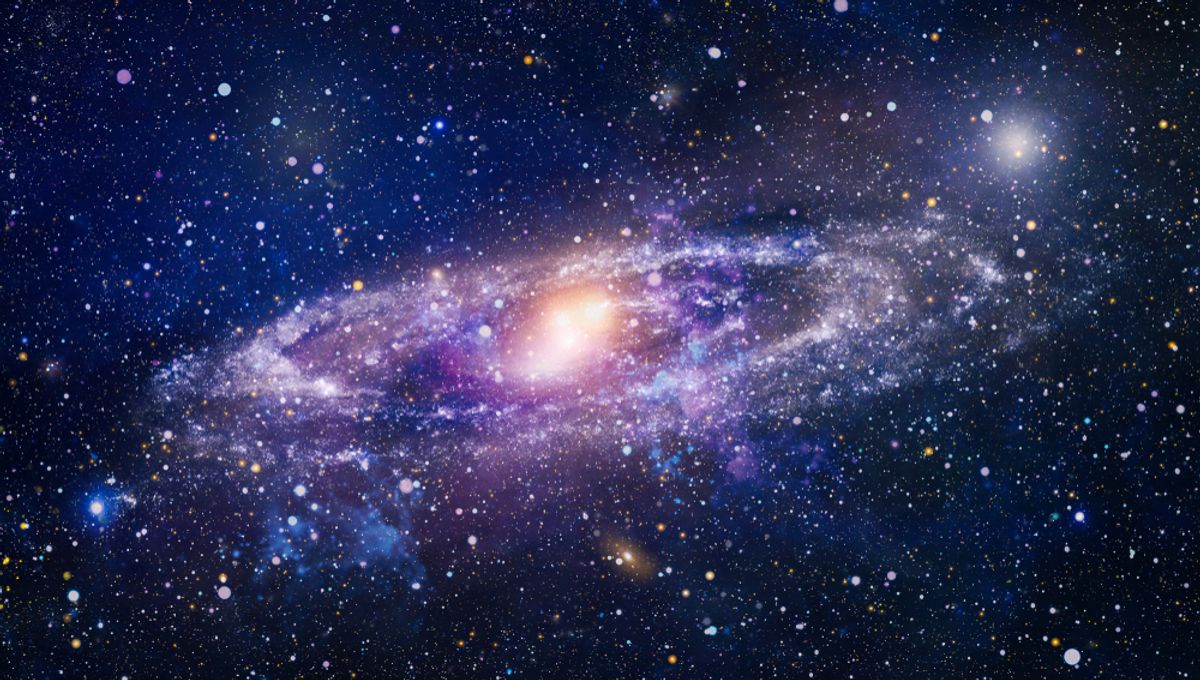
For decades, astronomers’ estimations for the rate at which new stars are being formed in the Milky Way have been ponderously slow, but a new study argues the true value is ten times that. If so, it would overturn the way we view our galaxy and how it compares to others.
Astronomers divide galaxies between those actively forming new stars and those they classify as “dead”. “Dead” galaxies still produce plenty of light, and they may well be the places most likely to have technological civilizations. However, they are producing few new stars. Unless something – such as a merger with another galaxy – changes that, the galaxy is set for a long, slow decline. Moreover, supernovas and many other interesting events almost exclusively occur within a few tens of millions of years of stars being formed, so a dead galaxy is a boring one on many measures.
The Milky Way still has star formation regions, most famously the relatively nearby Orion Nebula. Nevertheless, astronomers have long concluded it is far past its best years, with a rate of star formation that might be classed as “mostly dead” – just one to two stars a year by some estimates, two to five in others. However, a paper recently accepted by Astronomy and Astrophysics comes to a considerably higher figure.
Stars do not just suddenly appear one day – the process takes millions of years. So estimating the number of new stars is difficult, particularly in our own galaxy where larger areas are obscured from view. Dr Thomas Siegert of Universität Würzburg and co-authors use a bottom-up model which is somewhat indirect, looking at gamma rays associated with the decay of isotopes aluminum-26 and iron-60, both with half-lives of around a million years.
Both are formed by very large stars, both cases in supernova explosions and for aluminum-26 during the lifetime of the star. Consequently, their abundance offers a guide to how common these events are. Since stars massive enough to become supernovas have very short lives, the frequency of supernova events provides a strong indication of the number of large stars being formed not long before. From there, the authors extrapolate to the total number of new stars, including the majority that are far too small to come to such interesting ends.
Gamma rays are much better at passing through dust than visible light, so they provide a measure of what is going on in parts of the galaxy we can’t see directly.
The conclusion of 1.8-2.8 supernovas a century in the galaxy will only add to astronomers’ frustration that we have not observed one in our own galaxy since the invention of the telescope four centuries ago. The authors prefer to focus on the four to eight solar masses worth of stars being formed each year, predominantly in the spiral arms. Small stars are much more common than large ones, so that mass equals 10-20 new stars a year.
There are quite a few steps in the logical chain presented in the paper that could be open to questioning. For a start, there could be an error in the measurements of isotope abundance. Probably more significantly, the authors are using that abundance in specific parts of the galaxy to create an estimate for the entire body. Given the Milky Way is a far from uniform place, that’s a hard task to get right. They also rely on relationships between the number of stars massive enough to become supernovas and smaller counterparts that may not be perfect.
Nevertheless, the work has already attracted praise from some not involved, and increases the possibility there’s more life left in the galaxy than we think. On the other hand, we’re certainly not in the same ballpark as COS-87259, found last week to be forming stars at a rate of more than a thousand a year. Now that would be an exciting place to live.
The paper has been accepted for publication in Astronomy and Astrophysics. The preprint is currently available on arXiv.
[H/T: ScienceNews]
Source Link: Rumors Of The Milky Way's Death Are Greatly Exaggerated